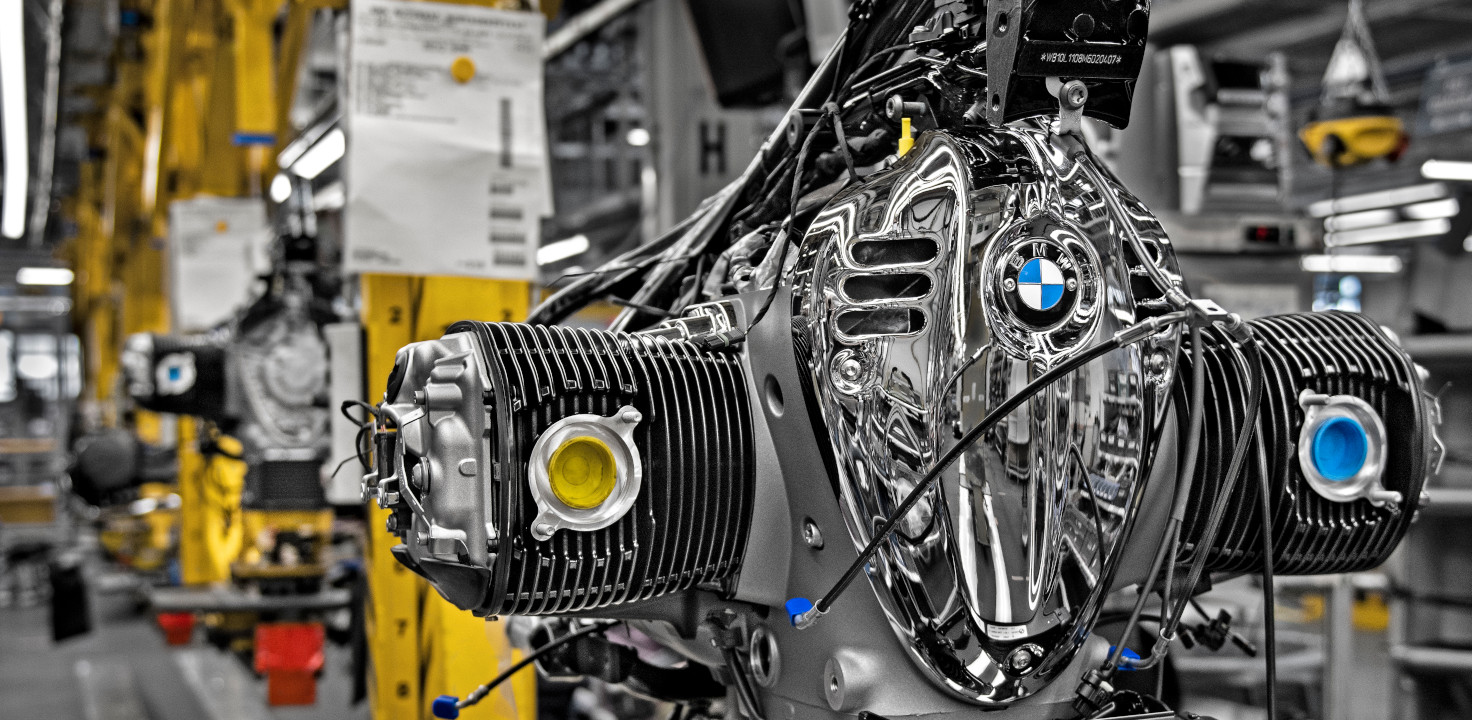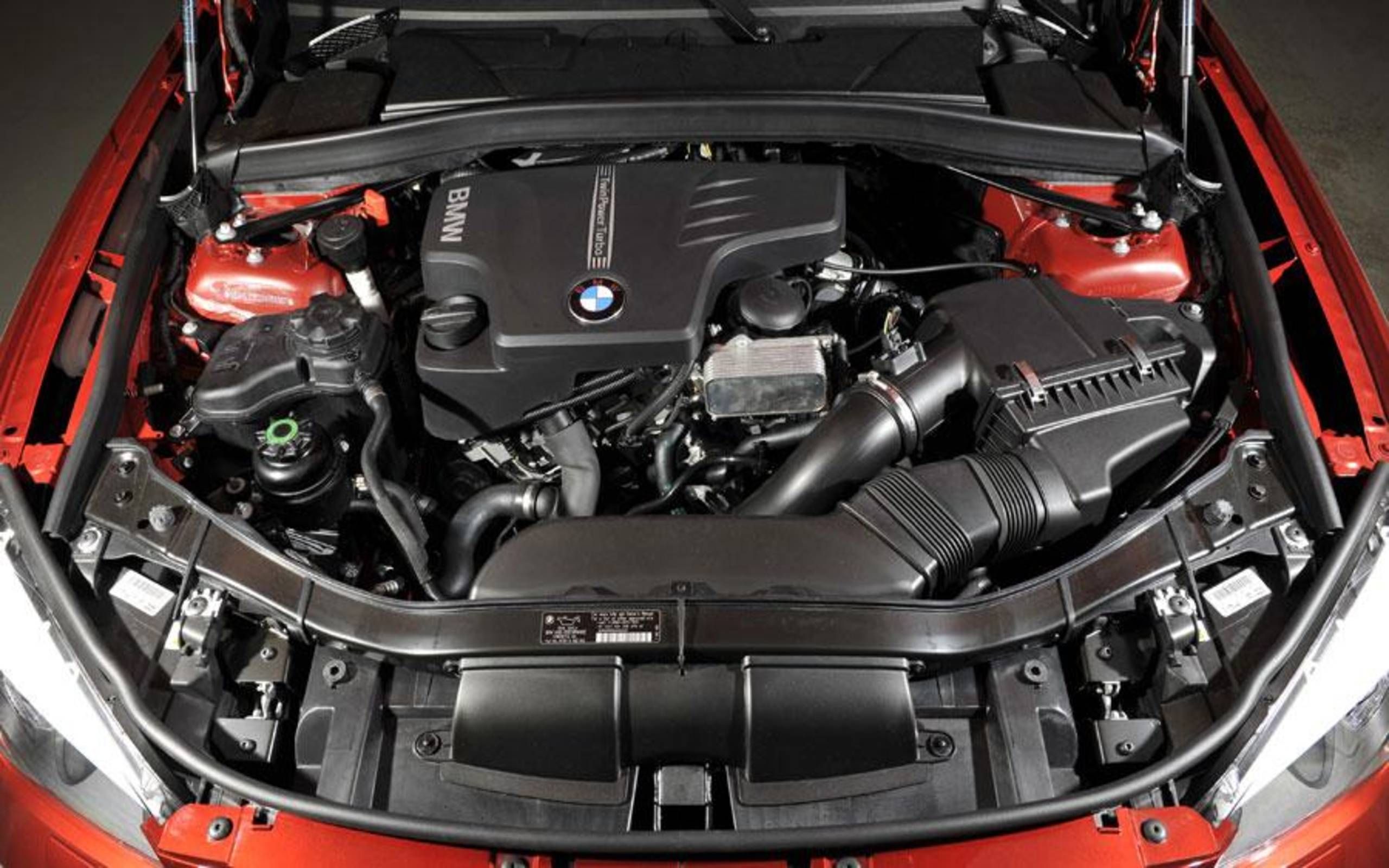From Idea to Reality: A Detailed Examination of the Design Marvels Driving Automotive Powertrain Improvements
In the world of automotive engineering, the intricate web of improvements driving powertrain advancement is an engaging narrative that unravels with accuracy and advancement. From the concept of cutting-edge technologies to their understanding in tangible automobile powertrains, a journey laden with design marvels awaits expedition. As we navigate through the realms of inner combustion engines, electric propulsion systems, crossbreed powertrains, and the assimilation of software and connectivity, a tapestry of innovations emerges. The true intrigue exists in the unraveling future fads in auto propulsion, where the boundaries of what is regarded feasible proceed to be pressed.
Evolution of Inner Burning Engines
The advancement of internal combustion engines has actually been a crucial facet in the advancement of automobile powertrains. Over the years, developments in products, manufacturing strategies, and electronic controls have actually substantially improved the effectiveness, performance, and ecological friendliness of inner combustion engines.
Among the vital turning points in this development was the growth of fuel injection systems, which changed carburetors and made it possible for more accurate control over the fuel-air mixture. This advancement not just enhanced fuel efficiency but additionally minimized unsafe exhausts. In addition, the introduction of turbocharging and variable valve timing additionally boosted engine efficiency while fulfilling strict exhausts laws. Looking ahead, ongoing r & d efforts are concentrated on different fuels, hybridization, and electrification to propel the development of internal burning engines in the direction of also higher efficiency and sustainability.
Increase of Electric Propulsion Equipments
In the world of auto design, a remarkable shift towards electric propulsion systems is presently improving the landscape of vehicle powertrains. bmw engine. Electric propulsion systems, largely driven by advancements in battery technology and environmental worries, are becoming progressively prevalent in the automotive sector. These systems provide various benefits over conventional interior burning engines, consisting of higher performance, reduced exhausts, and improved performance capacities

As car manufacturers continue to buy r & d, electrical propulsion systems are expected to become also much more innovative and extensive. The shift towards electrification stands for a turning point in automotive background, signaling a substantial departure from typical burning engine innovation in the direction of a more effective and sustainable future.

Innovations in Crossbreed Powertrains
With the expanding demand for even more environmentally friendly and fuel-efficient automobiles, developments in hybrid powertrains have actually ended up being a focal point in the auto industry's search of sustainable transport services. Crossbreed powertrains incorporate typical internal burning engines with electric propulsion systems, using enhanced fuel effectiveness and reduced discharges contrasted to standard automobiles.
One key innovation in hybrid powertrains is the advancement of plug-in hybrid electrical cars (PHEVs) These automobiles can be billed from an external source of power, permitting prolonged electric-only driving varieties. Furthermore, innovations in regenerative braking systems have actually boosted the efficiency of hybrid lorries by converting kinetic energy during stopping right into electrical power to reenergize the battery.
Additionally, car manufacturers are increasingly concentrating on maximizing the integration of hybrid powertrains with sophisticated transmission systems to better improve general performance and efficiency. Making use of lightweight products and progressed control systems has actually additionally added to making hybrid powertrains much more reliable and portable. On the whole, the continuous improvements in crossbreed powertrains are leading the way for an extra lasting future in the automobile market.

Assimilation of Software Program and Connection
Progressing the auto industry's technological landscape, the assimilation of software and connectivity plays a critical function in improving lorry performance and user experience. Modern vehicles are progressively ending up being interconnected ecological communities, where software-driven functionalities are perfectly integrated with connectivity features to offer a much more pleasurable and reliable driving experience. Software application controls vital elements of the automobile, such as engine administration, transmission systems, and advanced driver-assistance systems (ADAS) These systems count on elaborate algorithms to maximize performance, guarantee safety, and reduce exhausts.
Connectivity more enhances this assimilation by allowing cars to connect with outside networks, various other automobiles, and infrastructure. Through features like over-the-air updates and remote diagnostics, suppliers can continually boost car efficiency, address issues without delay, and present brand-new features without requiring physical recalls. Additionally, connection enables sophisticated functionalities like real-time website traffic updates, remote lorry tracking, and smooth integration with mobile phones for enhanced convenience.
Future Fads in Automotive Propulsion
The advancement of auto powertrain advancements, especially in the assimilation of software and connection, establishes a foundation for discovering the future fads in auto propulsion. Looking in advance, key fads are emerging that are positioned to reinvent the vehicle market.
In addition, autonomous driving innovation is readied to reshape the way cars are powered. Self-driving automobiles are ending up being more of a reality, and this shift will likely impact propulsion systems. These lorries may call for one-of-a-kind powertrain setups to support different degrees of freedom. Furthermore, the integration of artificial knowledge (AI) and artificial intelligence in lorry propulsion systems is prepared for to improve efficiency and performance.
Conclusion
In verdict, the continuous evolution of vehicle powertrains has actually seen the development of internal combustion engines, electrical propulsion systems, crossbreed powertrains, and the combination of software program and connectivity. These advancements have actually driven significant enhancements in efficiency, efficiency, and sustainability in the useful reference vehicle industry. Looking in advance, future trends show a continued shift in the direction of electrification, self-governing driving, and connection, shaping the future of vehicle propulsion systems.
The evolution of interior burning engines has actually been a crucial aspect in the innovation of automotive powertrains.In the realm of auto design, a significant change towards electric propulsion systems is presently improving the landscape of car powertrains. check my source On the whole, the continuous improvements in crossbreed powertrains are leading the means for a more sustainable future in the auto industry.
The evolution of auto powertrain improvements, specifically in the assimilation of software and connectivity, sets a foundation for checking out the future patterns in vehicle propulsion.In verdict, the constant advancement of automotive powertrains has content seen the advancement of interior combustion engines, electric propulsion systems, hybrid powertrains, and the combination of software application and connection.